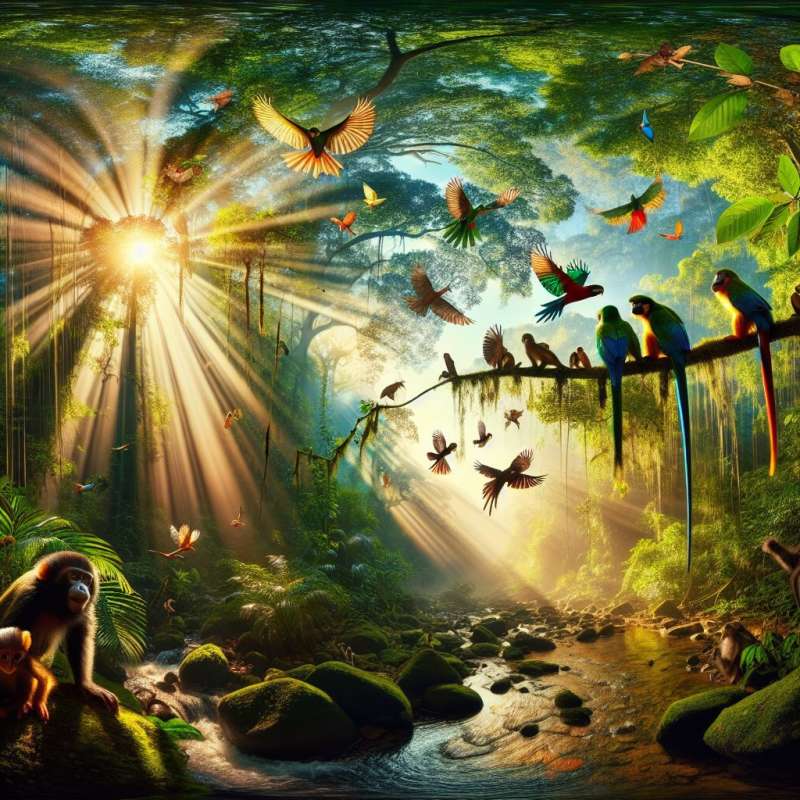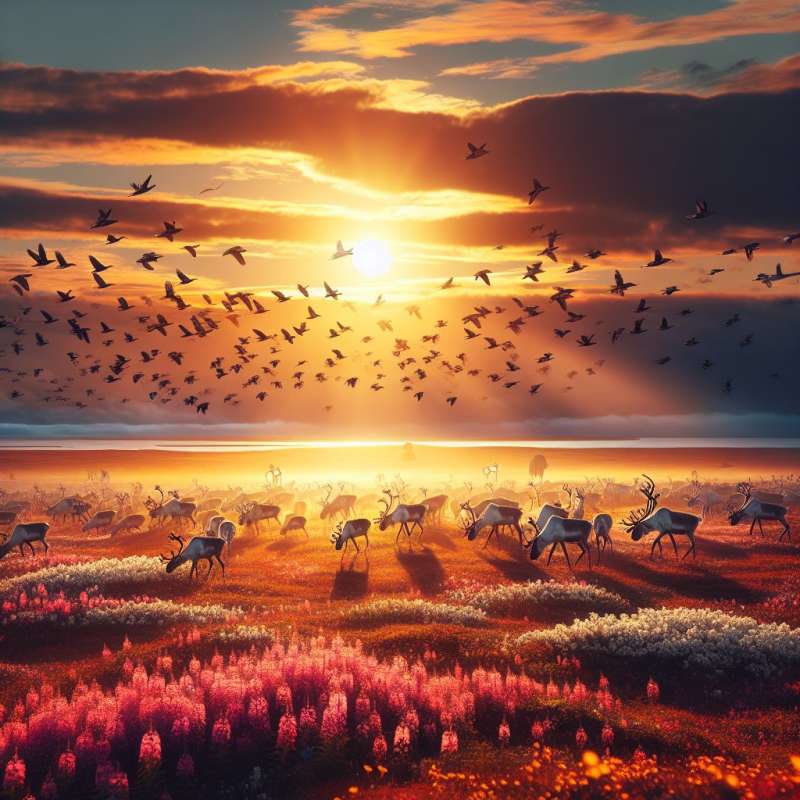
Biomes: Earth's Diverse Ecosystems
Biomes are vast regions with similar climate, plants, and animals. Each one creates a unique habitat, often spanning continents, from tropical rainforests to arctic tundras.
Tundra: Life on Ice
The tundra, characterized by permafrost, is surprisingly rich in biodiversity. During its short summer, the landscape transforms, allowing migratory birds and caribou to thrive.
Deserts: More Than Sand
Deserts, known for extreme aridity, occupy one-fifth of Earth's surface. Nighttime can bring about a sudden burst of life, with many animals being nocturnal to conserve water.
Rainforests: Earth's Lungs
Tropical rainforests, despite covering less than 3% of Earth's area, house over 50% of all species. They are vital for oxygen production and carbon storage.
Grasslands: Earth's Breadbaskets
Grasslands, also known as prairies or savannas, are fertile grounds for agriculture. They support vast herds of herbivores and are crucial for human food production.
Aquatic Biomes: Water Worlds
Aquatic biomes, including oceans, lakes, and rivers, cover about 75% of Earth's surface. Marine algae contribute more than 50% of our oxygen.
Boreal Forests: Carbon Sinks
Boreal forests, or taigas, form the largest terrestrial biome. Acting as massive carbon sinks, they play a key role in regulating the global climate.Mountain Biomes: Unique Conditions
Mount Everest’s summit is covered by snow year-round, yet the temperature can rise above freezing due to direct sunlight reflection off the snow.
What percentage of Earth do deserts cover?
Less than 3%
About 20%
Over 50%
Company